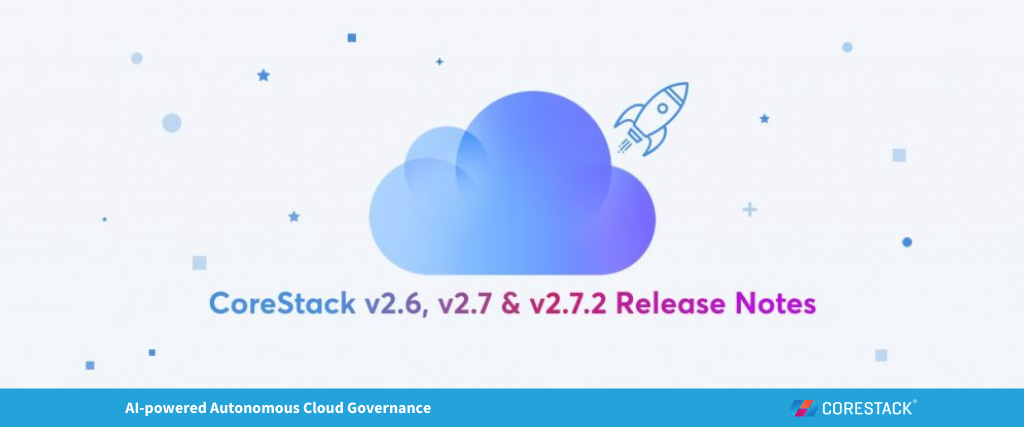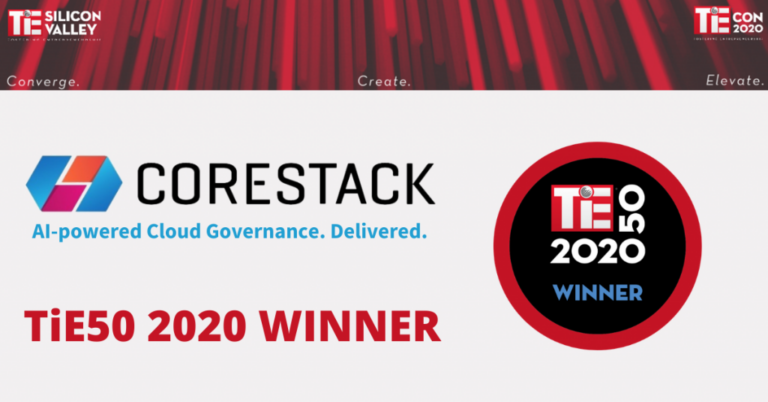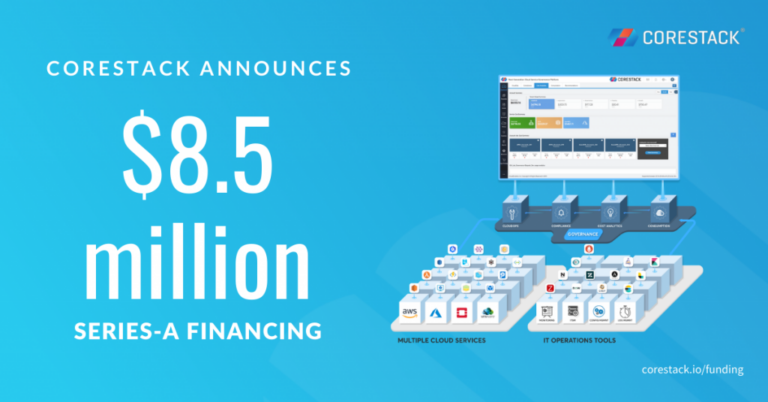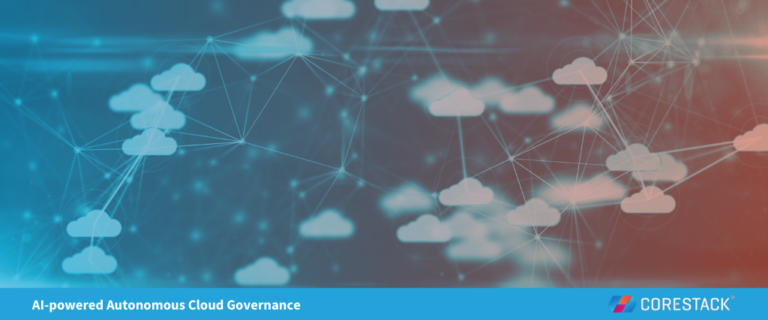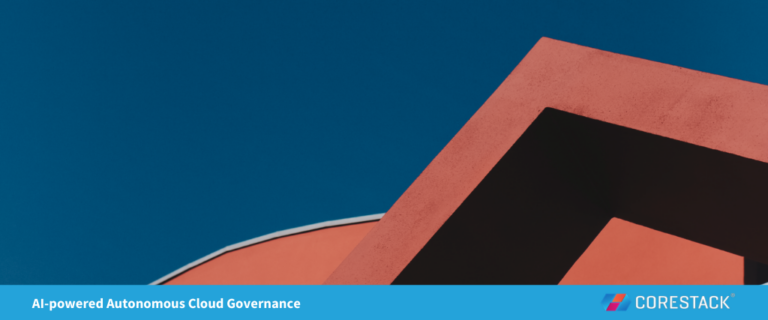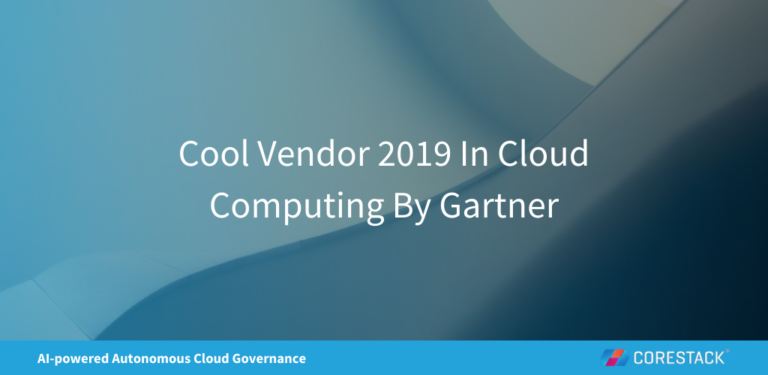CoreStack V2.6, V2.7 And V2.7.2 Release Notes
Release Notes v2.6
In this release, CoreStack delivers new features like introducing AWS governance, Azure Kubernetes Service support, users to have a better onboarding experience, Github support with the template execution, to name a few.
New Features
Cloud Account On-boarding Flow:
- Webhook and Additional Email options to send Notifications.
- View Consolidated Governance Settings without entering the Auth Credentials
Azure Governance:
- AKS support (Resource listing, Monitoring, Remediation, and Self Service)
- Backup Configuration
- Resource Lock (aka Termination Protection)
AWS Governance:
- Products Supported (EC2,S3 & ECS)
- Integration with AWS Cloudwatch for Threshold alert
- Integration with AWS Cloud trail for the Activity log
- Auto shutdown Configuration (Feature now available at CoreStack, which AWS does not provide out of the box)
- Connectorless Discovery for EC2,ECS,S3,SNS & SQS (a.k.a Resource listing)
CloudOPS Dashboard:
- Snooze/Skip alert.
Machine Learning Engine:
- Increased accuracy of prediction, for the Trends Dashboard
Github Support in template Execution
- Teams can now use different versions of templates.
New Policies, added:
- AWS Audit IAM User Password Rotation Compliance For X Days (AWS_Reset_IAM_Password)
- AWS Audit IAM Availability Compliance (AWS_Manage_IAM_Users)
- AWS Audit InActive IAM Users (AWS_Archieve_Inactive_IAM_Users)
Release Notes v2.7
What’s New
Multi-Cloud Inventory:
Delivering one of the main ask from our customers, CoreStack provides a sneak peek of the Multi-Cloud Inventory (currently in Beta phase) which provides a summary of all resources across Clouds and regions. This provides an overview of resources without a need to select a specific region which otherwise is tedious and alleviates the possibility of missing orphaned resources running specific regions. In addition, the user can perform Cloud management actions on a specific inventory and can even create a new resource from the inventory portal.
CUR Based Billing Support for AWS accounts:
CoreStack now supports Cost Usage Report based billing data for AWS instead of Detailed Billing Report, which is being phased out.
Self-Service:
Revamped CoreStack consumption workflow to support any cloud resource type in self-service order. The user can select from the choice of add-ons while placing an order. Introduced concept of Catalog bundle which helps admin to segregate catalog types based on the environment, department and other such options.
Azure SSO Integration with Consent Framework:
Integration with the consent framework that allows any enterprise with a valid active directory set-up to create an Account in CoreStack seamlessly without having any manual steps.
Enhancements/ Fixes
System Defined Budget while on-boarding Cloud Account:
CoreStack now lets you configure auto calculation of Budgets(Daily/Weekly/Yearly) by the analytics engine based on past usage patterns instead of setting the budget by the user itself which might be static in nature. This is a step forward in auto-pilot mode for Cloud governance.
Account Owners Dashboard (Multi-tenant view):
Account owners and Operation admins can now view the 4C dashboard across multiple tenants and drill down further.
Release Notes v2.7.2
In our December update, we continue to work with our customers and partners to deliver the leading Cloud Governance Platform on the market. The release includes supporting Terraform templates, adding further details to view the usage of Inventory resources, providing a granular feature in reporting and now supporting AWS Lambda as part of AWS governance:
Automating cloud provisioning using Terraform
Terraform is ‘infrastructure as code’ automation software used to define infrastructure components in a high-level scripting language. CoreStack supports creating and executing Terraform templates in .tf, JSON or YAML formats.
Users can Plan & Execute and Execute Terraform Templates. Templates can be uploaded from local or Github files.
Inventory Utilization
Users are now provided with the utilization graph for resources
Utilization graph is populated for resources that are running more than 24 hrs. As of CoreStack v2.7.2, the following resources will display utilization graph
| Cloud | Resources |
| Azure | VM |
| AWS | Instances, S3 Buckets, AWS Lambda |
Drilldown
Some the Reports have further drilldown to help our users get granular data on their reports. As of CoreStack v2.7.2, only the following reports will have drilldown
- Cost Usage Reports -> Daily Cost by Cloud Accounts
- Self Service Reports -> Orders by Cloud Account
Note that there is further drilldown available for Self Service Reports -> Orders by Cloud Account. Effectively a user can further dive into the reports; Self Service Reports -> Orders by Cloud Account -> Order Detail By User.
AWS Lambda
CoreStack now supports AWS Lambda support. We can onboard, create templates and request catalog
Account Onboarding:
A user can now add and view AWS Lambda service as part of their AWS account onboarding
Order Placement:
A user can now order AWS Lambda from CoreStack App Catalog. The precondition to ordering AWS Lambda is to have the function available (as a zip) in S3Bucket. This will create the Lambda function from the existing S3 bucket already available with the account.
Here on, the user needs to enter details and click on ‘PLACE ORDER’
Template or Workload Creation:
The user can create and execute an AWS Lambda template or workload as well.

